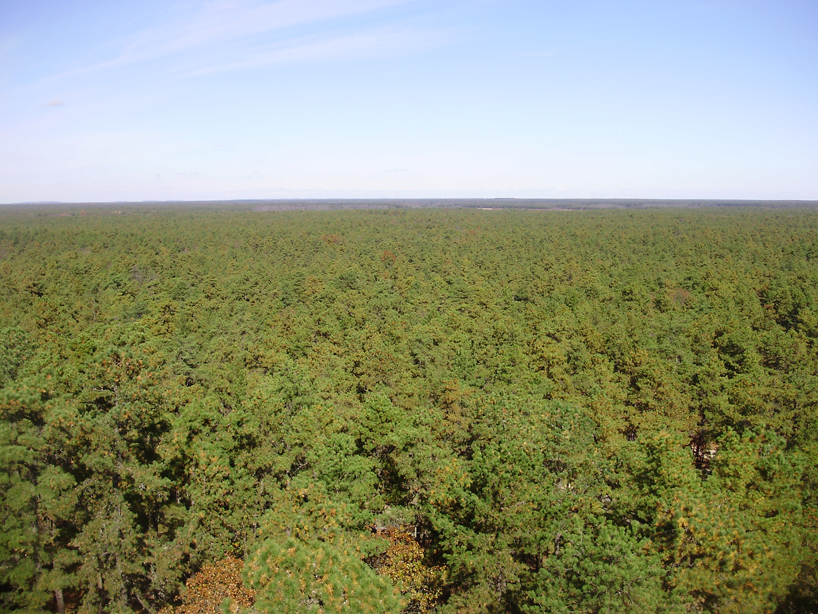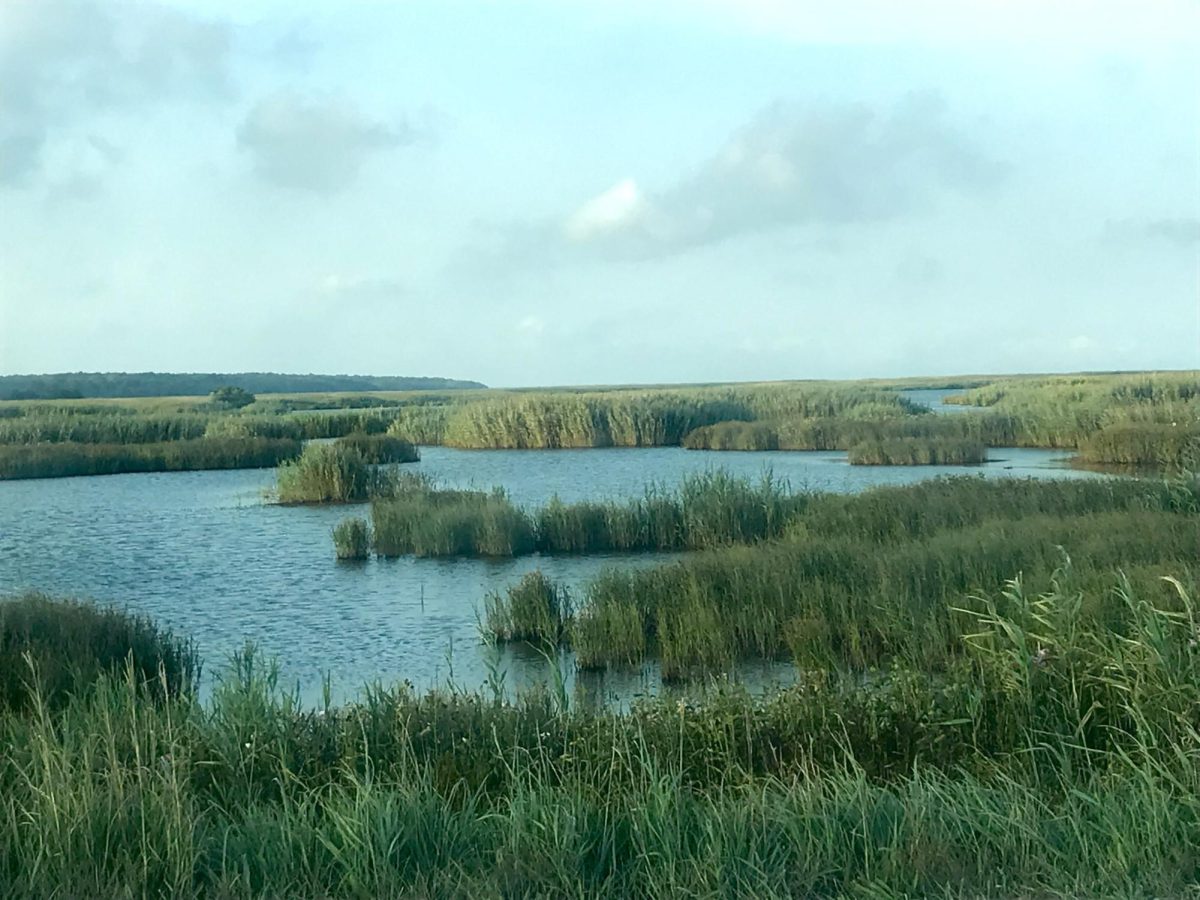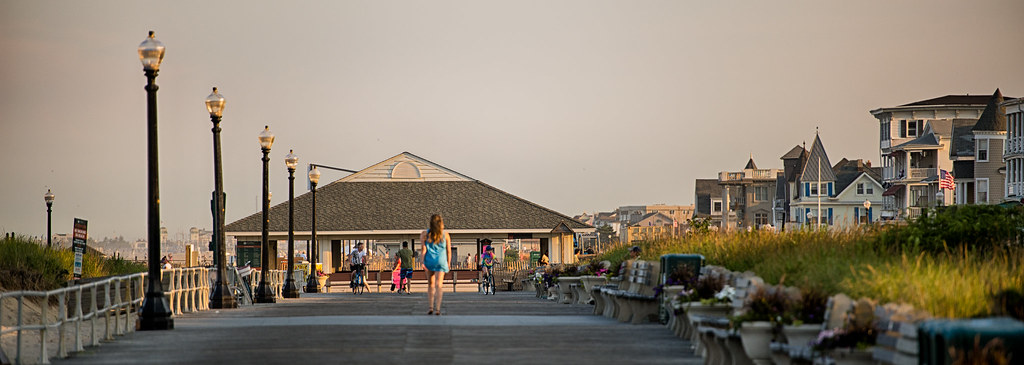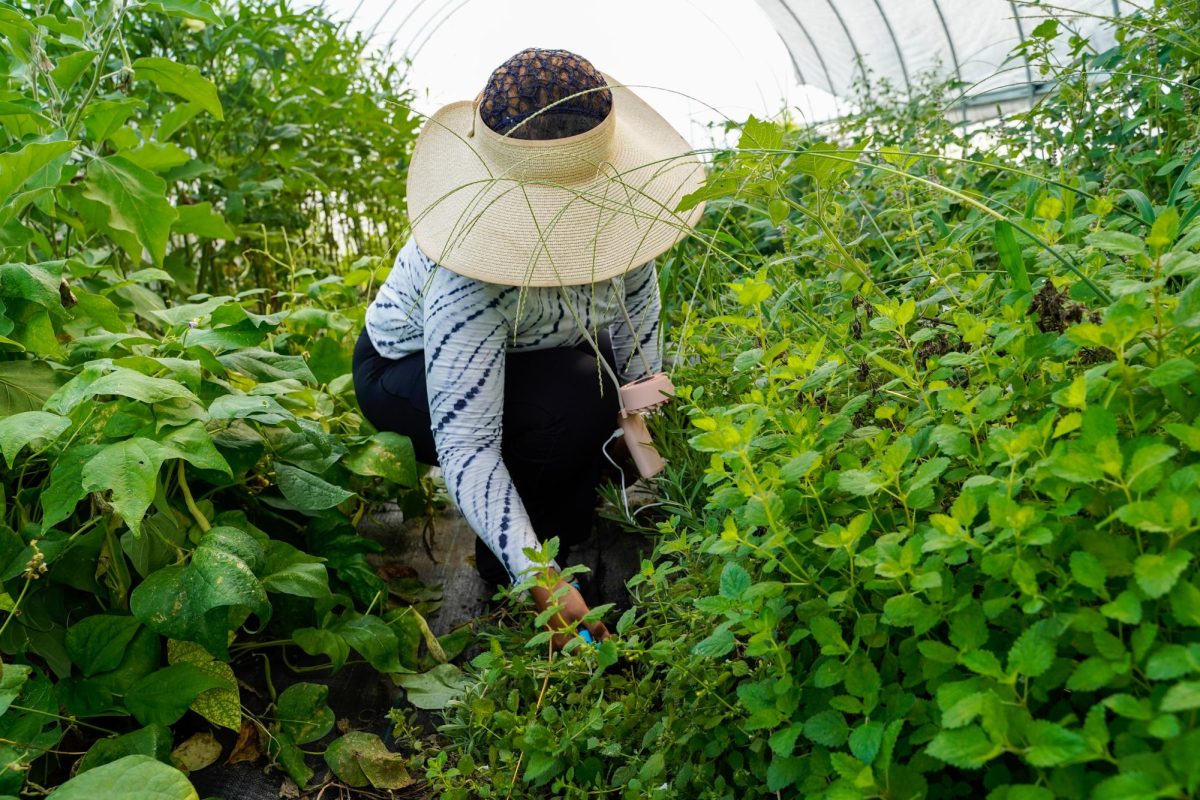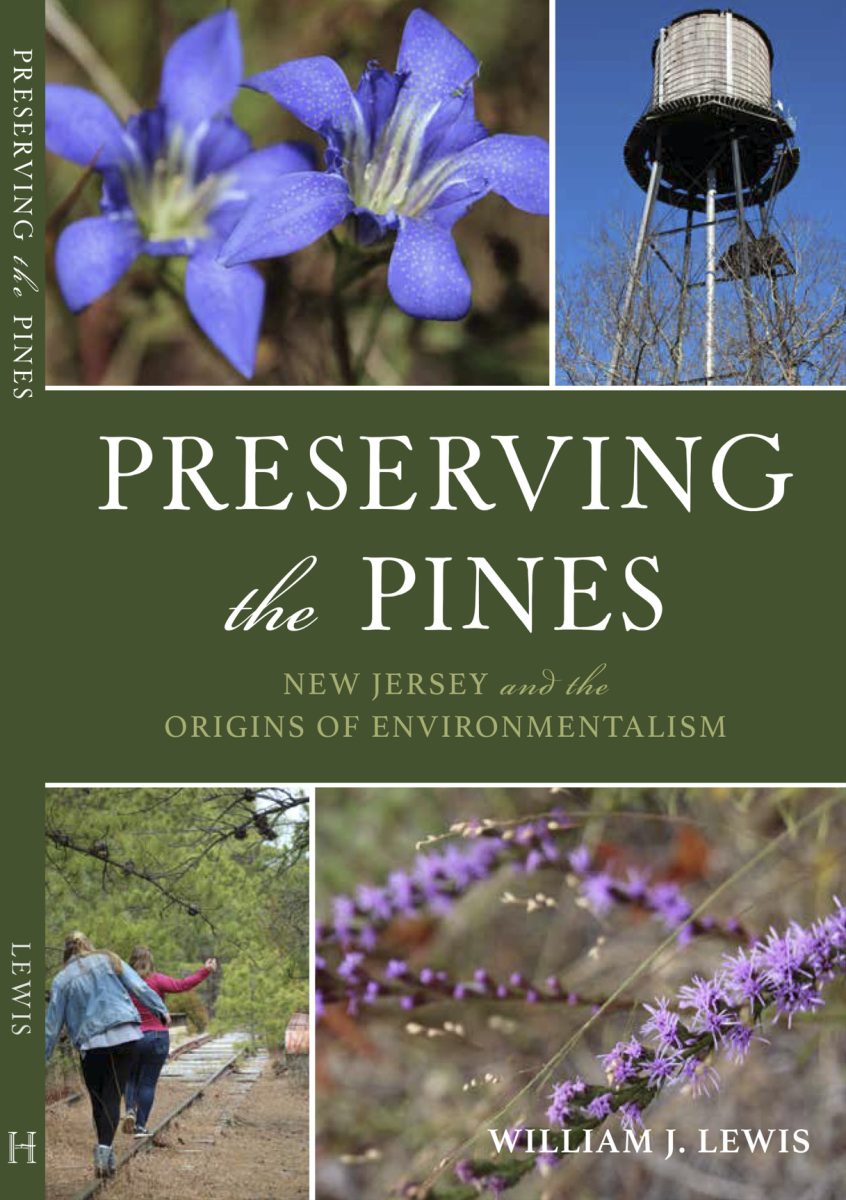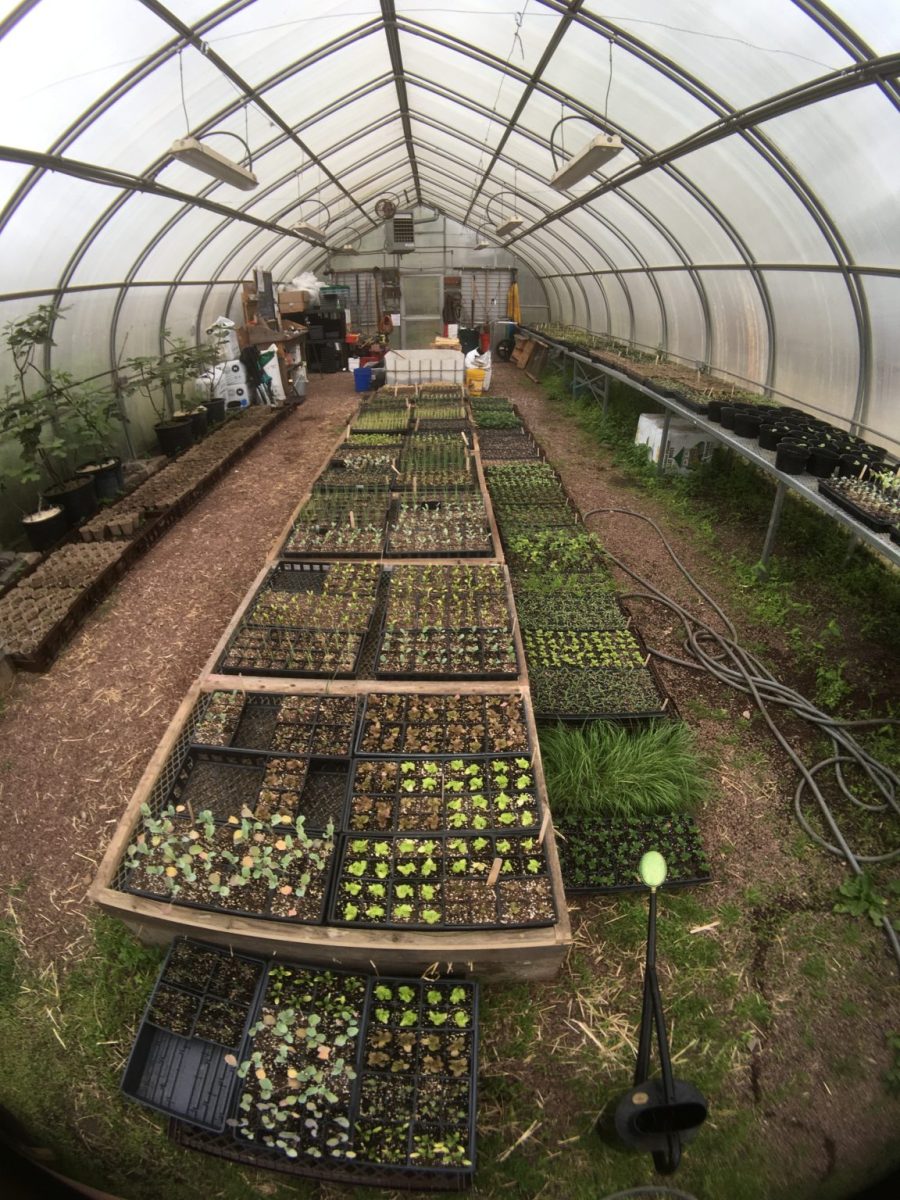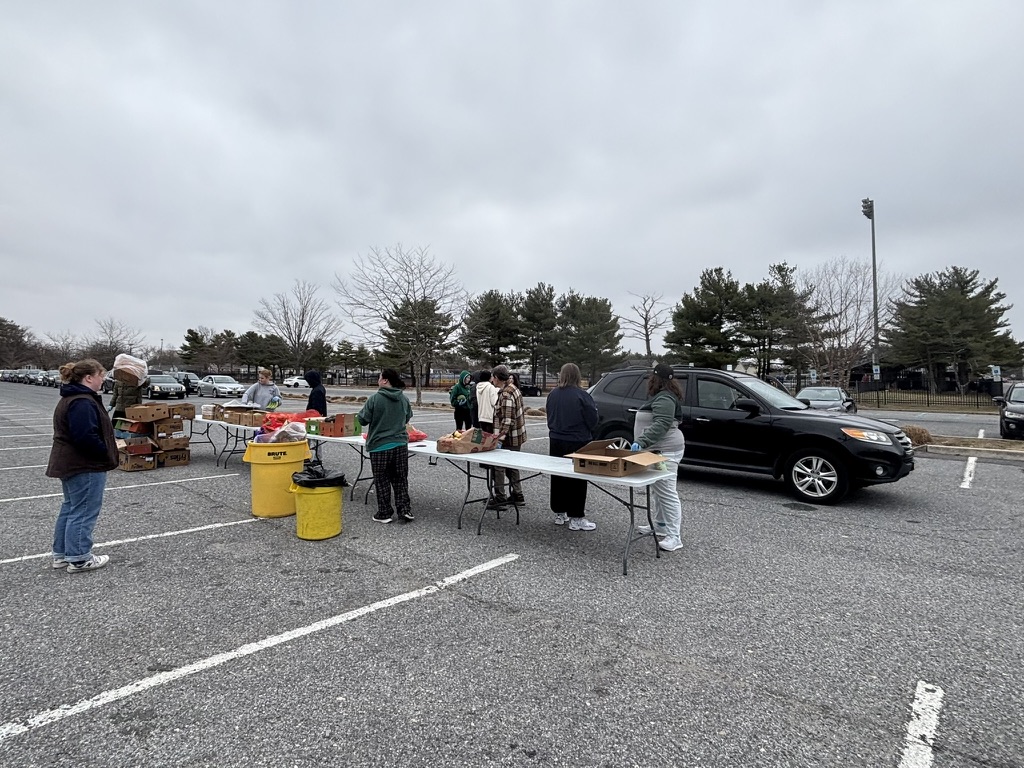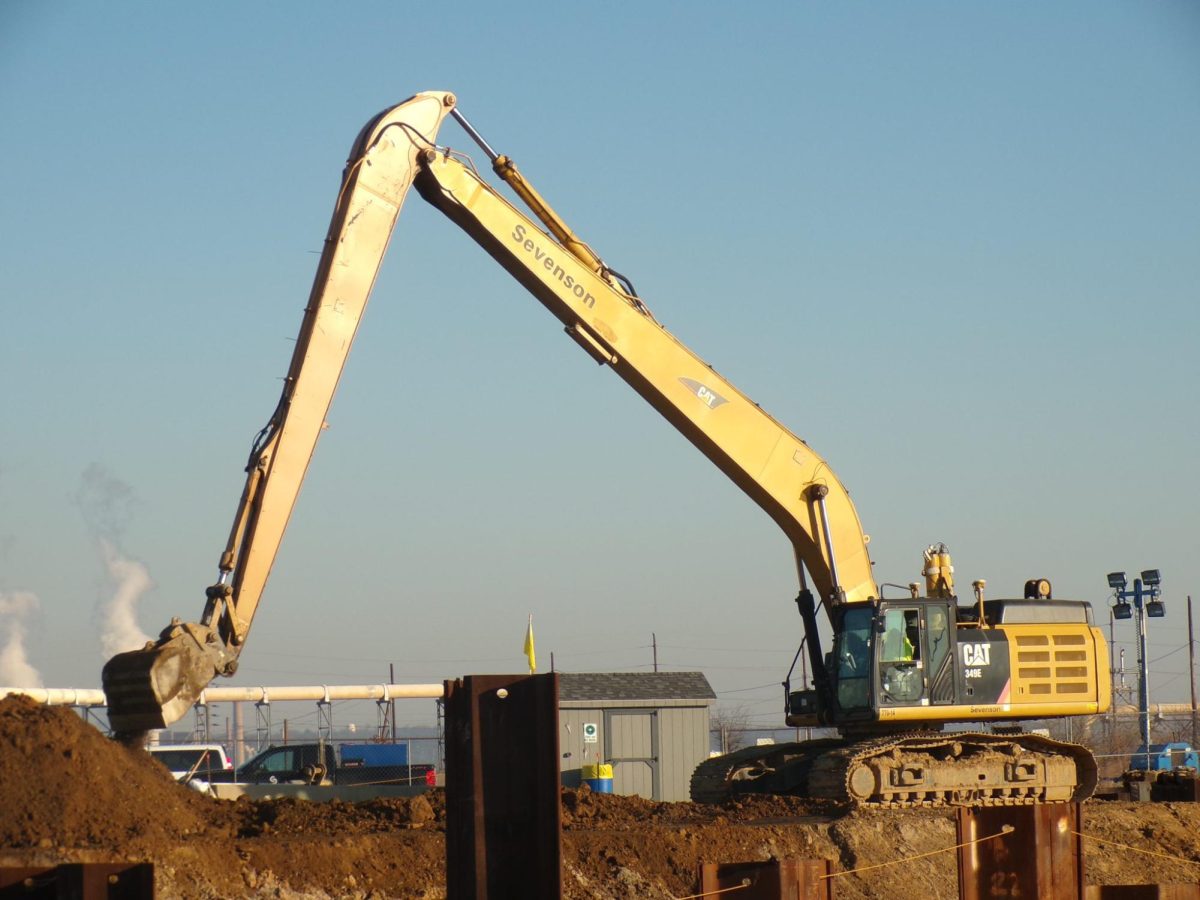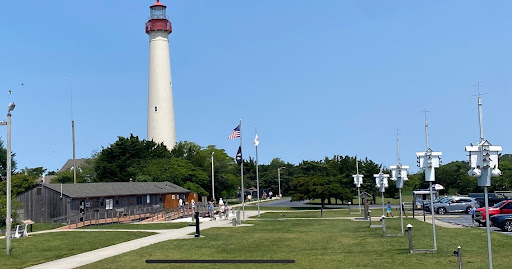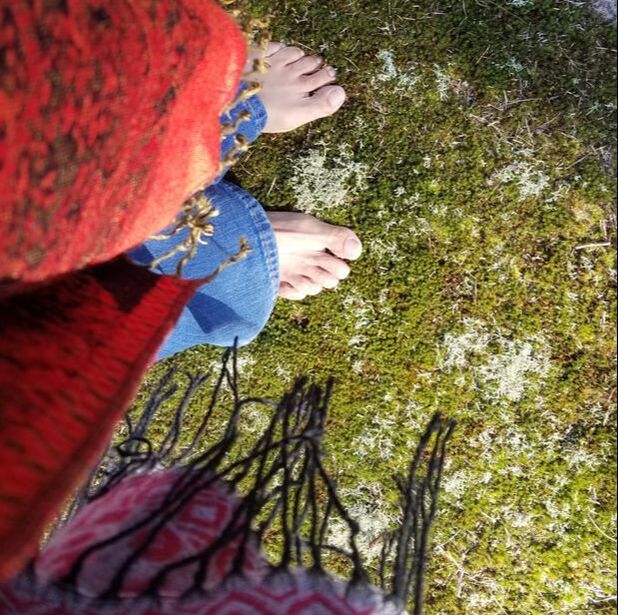In 2012, Hurricane Sandy caused widespread damage across New Jersey, flooding neighborhoods, destroying infrastructure, and forcing thousands of people to evacuate. However, one natural defense helped protect the area: the wetlands of Atlantic County. These wetlands didn’t just absorb floodwaters, they acted as a powerful barrier, reducing the impact of the storm and shielding homes, businesses, and roads from severe damage.
As climate change intensifies and human development expands, these wetlands are increasingly at risk. Without them, our communities, wildlife, and economy will be vulnerable to future storms and rising sea levels.
Wetlands are essential for maintaining a balanced ecosystem. These areas of land, saturated with water seasonally or permanently, play a key role in the environment. Wetlands filter pollutants, improve water quality and provide important homes for many types of wildlife. In Atlantic County, wetlands include salt marshes, freshwater marshes, and swamps. The Great Egg Harbor Estuary, Absecon Bay, and the Tuckahoe River depend on these wetlands to provide storm protection, improve water quality, and support local wildlife.
“One of the biggest challenges South Jersey wetlands face is subsidence, where the ground gradually sinks over time,” aquatic ecologist Dr. Patrick Crumrine of Rowan University explained. “This happens because the land naturally settles and shifts. As a result, the ground is sinking while sea levels are rising, putting our coastline at greater risk of erosion and flooding.
“Wetlands play a critical role by acting as natural buffers, absorbing excess water and preventing ocean waves from directly hitting our coastline,” he added. “Without these wetlands, we could see more rapid coastline retreat and increased vulnerability to storm damage.”
During storms, wetlands act like natural sponges, absorbing and slowing down floodwaters. Their dense vegetation helps prevent erosion and creates a barrier between the ocean and the land. By absorbing excess water, wetlands reduce the intensity of storm surges, limiting property damage and protecting communities. Wetlands also improve water quality by filtering out pollutants like dirt, metals, and pesticides, making the water safer for wildlife and human use.
Wetlands are struggling to keep up with the challenges they face. Rising sea levels are pushing saltwater into areas that used to be fresh, harming the plants and animals that depend on these habitats. Climate change is increasing the frequency and severity of storms, higher temperatures, and more rainfall, all putting additional stress on the wetlands. Human activities, like development and pollution, are only escalating the problem. If these trends continue, the loss of wetlands will have serious consequences for the environment and the communities that rely on them.
Without wetlands, the effects would go beyond environmental damage. Communities could face more frequent and severe flooding, as wetlands help absorb extra water during storms. Local wildlife that depends on these areas for shelter and food would lose their homes, putting endangered species at even greater risk. Businesses that rely on the wetlands, like fishing, tourism, and recreation, would also be impacted, threatening jobs and the local economy. Without these ecosystems, coastal areas would become more vulnerable to future storms and rising sea levels, increasing risks to property and humanity.
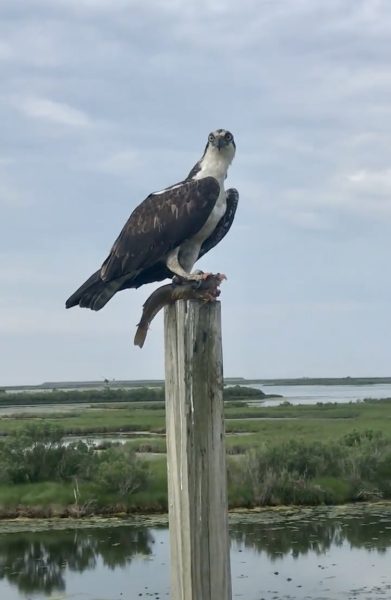
Wetlands as a home to plants, wildlife, and humans
Wetlands are home to around 40% of all plant and animal species, including many endangered ones, who rely on these habitats for breeding and survival. Species like migratory birds use wetlands as rest stops during long journeys, and fish often rely on them as nurseries for breeding grounds. Species like the white-tailed deer and red fox rely on the wetlands’ vegetation for food and shelter, while birds like the great blue heron, osprey, and bald eagle hunt for fish in the wetland waters.
Meanwhile, animals such as the muskrat and mink use the wetlands for dens and feeding, making these areas crucial habitats for a wide variety of species. The loss of wetlands puts these species at greater risk, highlighting the need for their protection and restoration.
Beyond their environmental role, wetlands also have significant social and economic value. Owners of local businesses, such as the Oyster Creek Inn, understand just how important these ecosystems are to both the community and the economy. Ryan Gopen, an Oyster Creek Inn employee, noted how the natural habitat draws people to the area.
“The wetlands are a big draw for our customers,” he said. “They come not just for the food, but for the chance to eat by the water and enjoy the beautiful views and wildlife. Being right next to the wetlands gives the restaurant a peaceful feel, and it also supports the local fishing industry, so we get fresh seafood. The wetlands help bring people into the area, supporting not just us, but all local businesses, making it a great place to visit.”
The wetlands also attract tourists who visit to enjoy the natural beauty and recreational opportunities the area offers. For those who live here and rely on the land daily to hunt, fish, and grow crops, there’s been a noticeable shift in recent years. For people like Chance O’Connor, an Atlantic County sportsman, the change is hard to ignore.
“I’ve been hunting in Atlantic County for years,” he explains. “The wetlands used to be full of life, but now trees are dying, and wildlife isn’t the same. The seasons don’t feel as predictable, and I’m seeing fewer of the species I used to.”
Concern over recent changes in the habitat
This growing concern over disappearing wildlife and changing seasons highlights the urgent need to take action to protect these vital ecosystems. To help protect wetlands, people can reduce their use of harmful chemicals like pesticides and fertilizers, which run off into wetlands. Conserving water and properly disposing of waste can also lessen the pressure on these areas. People can also avoid polluting local waterways by properly disposing of trash and recycling, and by using eco-friendly products whenever possible.
New Jersey’s Wetlands Act of 1970 recognizes wetlands as important areas that protect the land, support wildlife, and help with pollution control. To keep these wetlands healthy, the law makes sure activities like dredging, filling, and pollution are controlled. The Edwin B. Forsythe National Wildlife Refuge, located in Atlantic County, plays a key role in protecting over 48,000 acres of coastal habitats, including salt marshes that make up more than 82% of the refuge.
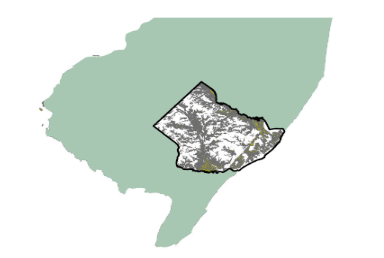
Helen Maguire, an Atlantic County resident who frequents the refuge, has been appreciating the vitality of the wetlands for a long time.
“I’ve always loved nature, and I never leave home without my binoculars,” she said. “I’ve been coming to this wildlife refuge for over 45 years! My favorite part is watching the animals and seeing their footprints in the mud. I always tell people the wildlife only comes here to see me!”
While wetlands in Atlantic County are important to both the environment and local community, the future of these vital ecosystems depends on collective efforts to preserve and restore them before they are lost forever. The ongoing threats posed by climate change, development, and pollution make safeguarding these precious ecosystems more important than ever. By prioritizing the health of wetlands, advocates can ensure a safer, more sustainable quality of life for South Jersey, its residents, and the wildlife that call it home.



